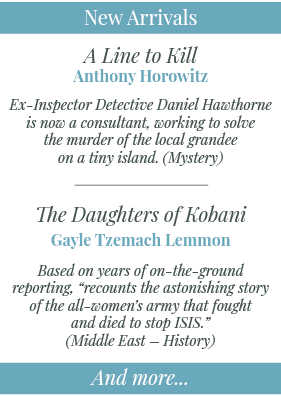animal, and natural world is a way to transform our relationships and ensure mutual thriving.
One of the hallmarks of Milkweed is that it publishes significant books as well as beautiful books. All three books feature spectacular artwork to support the equally powerful writing. A trained botanist, Professor Kimmerer uses the tools of science to examine the natural world, but as a citizen of the Potawatomi Nation, she deeply believes that plants and animals are sentient beings and our oldest teachers. The Ilbal (Mayan term for lens) of the Western world is science which “lets us see the dance of the chromosomes, the leaves of moss, and the farthest galaxy. But is it a sacred lens like the Popol Vuh?” (335). Kimmerer critiques the perspective of science as limited, but argues for a better dialogue between differing worldviews with many beautifully written stories of indigenous communities and her personal family and professional stories. The Braiding Sweetgrass video features multiple videos of Kimmerer, including her engaging conversation with Terry Tempest Williams and Richard Powers. Suzanne Simard’s recent book, Finding the Mother Tree (2021), further recognizes that Kimmerer’s 2013 ideas are scientifically supportable and deserve continued research with the new lens she suggested. Late Migrations by Margaret Renkl, an opinion columnist who writes every Monday for The New York Times, is a book of essays. Growing up in Alabama, Renkl was an eager reader, exploring red dirt roads and riverbeds, and loved by her family. In her essays she traces a tender and honest portrait of her parents and her grandmother. Braided into the stories are observations of her front and backyards in her suburban Nashville home. The essays convey the dignity of bluebirds and rat snakes, monarch butterflies and native bees. As these two threads intersect, Renkl shows that there is astonishment to be found in ordinary things. Both the human and animal world are replete with love and loss and both incredibly similar in needing compassionate care. World of Wonders is also a book of essays, by Aimee Nezhukumatathil, a creative writing professor at the University of Mississippi. It was Barnes & Noble’s 2020 Book of the Year. As a child, Nezhukumatathil lived in many places: the grounds of a Kansas mental institution, where her Filipina mother was a doctor; the open skies and tall mountains of Arizona, where she hiked with her East Indian scientist father; and the colder places of western New York and Ohio. But no matter where she was transplanted or how awkward the fit, she turned to our world’s strange creatures for guidance. “What the peacock can do,” she tells us, “is to remind you of a home you will run away from and run back to all your life” (19). The axolotl teaches us to smile, even in the face of unkindness; the touch-me-not plant shows us how to shake off unwanted advances; the narwhal demonstrates how to survive in hostile environments. Even in the strange and unlovely, Nezhukumatathil finds beauty and kinship because when we have wonder and curiosity to look past the differences, we can fully appreciate the world’s gifts. |
NewsletterCoffman residents, signup for monthly updates from the Library! Thank you!You have successfully joined our subscriber list. Posts by Year
All
Posts by Month
July 2024
|



